THE TAKANO ATHLETICS NEWSLETTER
Vol. 4, No. 8
April 15, 2011
THE TAKANO ATHLETICS NEWSLETTER VOL. 4, No. 8
This free newsletter is to inform you of events, and thoughts regarding the training of weightlifters and the incorporation of the Olympics lifts and their derivatives into the training of athletes.
HOW TO TELL IF YOU’RE TRAINING IS BALANCED
After looking over some weightlifting meet results the other day I re-realized that I could tell quite a bit about the training of the athletes in question simply by the ratios of the snatches to the cleans and jerks. Some of you who are interested in coaching athletes might have some fascination with this subject so I thought that I’d pass it along. By the way, I use this to evaluate my own program design and the progress of my athletes.
The model that we are trying to attain is a ratio where the snatch is within the 78% to 82% range of the clean & jerk. A good example is the recent winner of the Asian Games 53 Kg class, Li Ping of China. She led the world last year with a 200 kg total made up of a 103 snatch and a 127 clean & jerk. The 103 is 81.1% of the clean & jerk. This tells me that the average intensity of her training was proper, and that she is at the optimal weight for her height to be lifting in the 53 kg class.
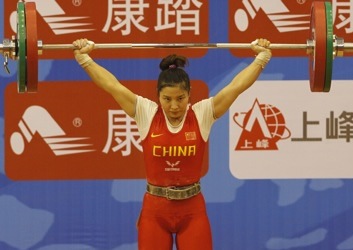
Li Peng snatches 90 on her way to winning the 2011 Asian Championships
For those not familiar with the average intensity it is the average weight lifted per repetition in an entire training cycle. As a quick example, if you snatch 70 for 3 reps, 80 for reps and 85 for 3 sets of 3 reps or 9 reps, your load is (70 x 3)+(80 x 3)+(85 x 9) or 1215. The average weight lifted per repetition (average intensity) is 81 (1215/15).
If we were to perform these calculations for all the repetitions performed during a macrocycle (3 months or longer period) leading up to a meet, we would determine the average weight lifted per repetition. If the athlete then had a ratio of snatch to clean & jerk that was significantly lower than 78%, then the average intensity was too high and needs to be lowered for the next cycle. If the ratio of snatch to clean & jerk was significantly higher than 82%, then the average intensity needs to be increased.
The other possibility to consider is the weight/height ratio. If the snatch/clean & jerk ratio is significantly lower than 78%, then the athlete may be too heavy for his or her height. If more than 82%, the athlete may need to gain some muscular bodyweight.
CUTTING BODYWEIGHT AND PSYCHOLOGICAL EFFECTS
A recent study conducted by Risto H. J. Marttinen, M.A. and published in the Journal of Strength and Conditioning Research documented psychological effects associated with rapid bodyweight loss in wrestlers preparing for competition.
Psychological testing revealed that wrestlers losing four percent or more prior to competition had significantly higher levels of confusion on the day of the match. This could certainly have an effect on the outcome in a sport such as wrestling where circumstances and decision making must take place fairly rapidly.
This is just another argument in favor of the judicious practice of cutting bodyweight in order to qualify for a certain weight class in sports.
For years I’ve maintained that most juniors and almost all school-age weightlifters should not be cutting weight. When adolescents are in a period of growth, depriving them of nutrients is not the best way to maintain good health and normal growth.
This is especially true when dealing with so many young athletes that are obviously so far under the optimal bodyweight for competition. Weightlifters that are especially thin are in greater jeopardy of suffering injury. This cutting of bodyweight is usually done in a short-sighted way. It usually takes place in order to improve an athlete’s placing in a competition, rather than to reach full development as a mature athlete.
Cutting weight should only be done sparingly with mature athletes who need to maintain extra body mass to deal with the rigors of training. These athletes are normally eating five or six meals per day just to keep their bodyweight well above their competitive limit. Prior to competition they need only cut back on their feeding to reach the class limit with the least duress.
BEWARE
I recently came across an ad on the internet for an IWF Olympic Weightlifting Bar. According to the ad these bars conform to IWF specifications. Buyers should realize that the only specs that the IWF publishes are the dimensions of the bars and the placement of the knurlings.
There are no specifications as to the quality of the steel, the bearings between the sleeves and the bar, nor the depth of the knurling. A bar can be manufactured meeting all of the stated IWF specs and be quite mediocre.
Anyone interested in having a bar that meets IWF standards, should only look to the manufacturers of the 4 Class A barbells approved by the IWF. That means Eleiko, Uesaka, Werksan and the Chinese ZKC. Bars that were formerly on the list within the past 30 years include York, Schnell, and Uddeholm.
Right: Wu Jinbiao of China jerks 158 to win the 56 class at the Asian Championships on a Class A ZKC bar.
CROSSFIT ACKNOWLEDGED AS “A GATEWAY DRUG TO OLYMPIC LIFTING”
The Journal Gazette recently published a story about the resurrection of weightlifting aka Olympic lifting. The sudden popularity of weightlifting has been an offshoot of Crossfit gyms that are including the snatch and clean & jerk in their arsenal of training modalities.
Describing the newly attractive state of the lifts is Dr. Greg Haff, vice-president of the NSCA and a member of the Weightlifting SIG. “What works usually sells, but it’s a lot of work,” Greg is quoted as saying about Crossfitters’ fascination with the sport.
For a couple of years now I’ve been saying that Crossfit has done a fantastic job of offering people an opportunity to become involved with the sport. Mike Burgener has been an advocate for even longer. We’ve both literally run into throngs of people who now know what the snatch and clean & jerk entail, and how beneficial they can be for reaching a number of different training goals. Looks like the news is getting out to the major media who quoted a Crossfit trainer named Quint Fischer who is now addicted to weightlifting. “Crossfit was a gateway drug to Olympic lifting,” Fischer is quoted as saying.
EVERYTHING OLD IS NEW AGAIN
As long as I’ve been around the sport, one of the problems with local meets is the length of the sessions. If the meet isn’t organized properly, the sessions can run too long and that can lead to diminished performance levels. Not good! Furthermore parents and friends show up to support the lifters and end up having to sit
through a long session of watching “other people” lift.
In an effort to make our events at Crossfit High Voltage a little more audience and lifter friendly, I perused the results of our March 12 meet and found that 23 of the lifters in that field fell below the Class II standards that I’ve been using in my program planning clinics, and 21 were above. So I decided to borrow a page from the old Sports Palace meets and divide the next competition scheduled for June 4 into a Class III and below and a Class II and above.
Class II Totals: Women: 48 Kg–85, 53 Kg–95, 58 kg–105, 63 kg–110, 69 kg–115, 75 kg–120, +75 kg–125.
Class II Totals: Men: 56 Kg–135, 62 Kg–155, 69 Kg–170, 77 Kg–185, 85 Kg–195, 94 Kg–205, 105 Kg–215, +105 Kg–220.
That meet should be a great event as it’ll serve as a final qualifier and tune-up for the Nationals. We’re getting ready to do the registration through WeightliftingEvents.com. If you’re planning on competing, we’re limiting the entry list to 50. See you on June 4!
INTERNATIONAL NEWS
Once again Indian weightlifters have been suspended by the IWF for drug violations in an international competition. Sukhen Dey and Anup Deo Toppo tested positive for banned substances at the IWF Continental Clubs Grand Prix in Penang, last December. They will each serve 2 year bans from international competition. This comes on the heels of India’s third two year suspension as a nation since 2000. The last one was imposed in 2010, but India paid a fine in order to be able to
compete in last year’s Commonwealth Games. These most recent violations could potentially lead to a lifetime ban on Indian weightlifting from the IWF.
European Weightlifting Championships:
Women (Current as of publication date)
48 kg: 1) Nurcan Taylan (TUR) 90-105-195, 2)Nurdan Karagoz (TUR)
80-100-180, 3)Genny Pagliaro (ITA) 82-98-180
53 kg: 1)Aylin Dasdelen (TUR) 90-122-202, 2)Elen Grigoryan (ARM)
85-110-195, 3)Julia Rohde (GER) 83-104-187
58 kg: 1)Natassia Novikava (BLR) 100-125-225, 2) Julia Paratova (UKR)
92-108-200, 3)Aleksandra Klejnowska (POL) 86-110-196
63 Kg: 1)Maria Shainova (RUS) 104-141-245, 2)Svetlana Tsarukaeva
(RUS) 112-133-245, 3)Sibel Simsek (TUR) 108-130-238
69 Kg: 1) Oksana Slivenko (RUS) 120-145-265, 2)Tatiana Matveeva (RUS)
110-141-251, 3)Eszter Kurtzler (HUN) 104-127-231
Men
56 Kg: 1)Oleg Sirghi (MDA) 112-150-262, 2)Gokhan Kilic (TUR)
118-138-256, 3)Florin Croitoru (ROU) 115-141-256
62 Kg: 1)Bunyami Sezer (TUR) 140-158-298, 2)Victor Buci (ROU)
134-156-290, 3) Hursit Atak (TUR) 128-161-289
69 Kg: 1)Vladislav Lukanin (RUS) 146-186-332, 2)Razvan Martin (ROU)
150-181-331, 3)Daniel Godelli (ALB) 145-176-321
77 Kg: 1)Semih Yagci (TUR) 155-192-347, 2)Arayik Mirzoyan (ARM)
160-187-347, 3)Alexandru Rosu (ROU) 155-185-340.
85 Kg: 1)Aleksey Yufkin (RUS) 170-215-385, 2)Apti Aukhadov (RUS)
173-212-385, 3)Benjamin Hennequin (FRA) 165-208-373
Asian Weightlifting Championships
Tian Yuan of China, the youth world recod holder, won the women’s 48 kg class by a margin of 22 kg over silver medalist Wen Shi-ping of Chinese Taipei.
Li Ping of China cruised to the gold medal in the women’s 53 kg class with lifts of 90 and 125. She only made 3 out of 6 attempts.
Wu Jinbiao of China, the defending world champion, snatched 130 and jerked 158 to win the 56 kg men’s class. He was 33 kg ahead of silver medalist Askari Majid of Iran.
Zhang Jie of China won the men’s 62 kg class and defeated the defending world champion, Kim Un Guk of DPR Korea.
Jong Chun Mi of DPR Korea was the first non-Chinese to win a gold medal by taking the 58 kg women’s class. She jerked 130 to win the gold. She defeated Li Zueying of China.
Lin Qingfeng, a Chinese teen-ager, won the men’s 69 kg class by snatching 152 and jerking 176. Kim Un Dok of DPR Korea took the silver with a 308 total.
CALENDAR
The 8th International Eleiko-Women’s Weightlifting Grand Prix will be conducted in Styria, Austria from June 23 to 26. Konrad Hogg is putting on this growing event that features some of the top female competitors from Europe, although other participating countries include South Africa, China and Egypt.
Girls and Kids will compete in a Sinclair competition, while the senior and junior women will compete for weight class honors. There will be substantial awards. Preliminary entries must be received by April 28th and final entries are due on May 26th. For more information and entry forms, contact Konrad Hogg at [email protected].
The PHAT Elvis High Voltage Last Chance Qualifier will take place on June 4, 2011 at Crossfit High Voltage in Burbank. Class III and under will lift at 10:00 AM, and Class II and above will lift at 1:00 PM. Only 50 berths available. More details will appear in the blog and the next newsletter.
Level 1 Clinic. I’ll be the instructor at USA Weightlifting Level 1 courses at Crossfit Fast in Westlake, CA on the April 23-24 weekend. My assistants will be Sean Waxman and 2 time Olympian Derrick Crass. It’s sold out. We’ll see those of you who did sign-up on Saturday morning.
NSCA National Conference. I’ve been notified that I’ll be speaking at this summer’s NSCA National conference in Las Vegas at the Paris Hotel. The topic will be The Determination and Planning of Long Term Strength and Conditioning Training Based on the Training of Weightlifters. It’s scheduled for 1:00 PM on July 9th. Hope to see you all there! For more details go to http://nsca-lift.org/.
The USA National Championships will take place in Council Bluffs, Iowa from July 15th to the 17th. See you there!
California State Games and State Games of America will be held at the Town and Country Resort in San Diego, CA on Sunday, August 7, 2011. This will be the first time that the State Games of America will be contested in California. It will involve the State Games Champions of each state competing against each. Join the PHAT Elvis Weightlifting Club for this in sunny San Diego! On line registration at www.calstategames.org. See you there!
FOLLOW ME ON FACEBOOK!”Like” the Takano Athletics page on Facebook and get the latest announcements and blogs as they come up!!! You can sign up for my blogs at Networked Blogs from your Facebook home page. You can go to Networked blogs for the links to the latest blogs.
FOLLOW ME ON TWITTER. Follow Bob Takano for short tweets. You will receive inks to my blogs as they are posted.
FEEL FREE TO DISTRIBUTE THIS FREE NEWSLETTER TO ANY INTERESTED PARTIES YOU MIGHT KNOW!
POST ANY TRAINING QUESTIONS ON THE FORUM AT FORUM.TAKANOATHLETICS.COM
TRAIN HARD AND COACH HARD!
Copyright 2011 Robert Takano / Takano Athletics ( http://www.takanoathletics.com/ ). All rights reserved. // Contact Us ( http://www.takanoathletics.com/index.php?option=3Dcom_contact&view=3Dconta=ct&id=3D1&Itemid=3D220 )











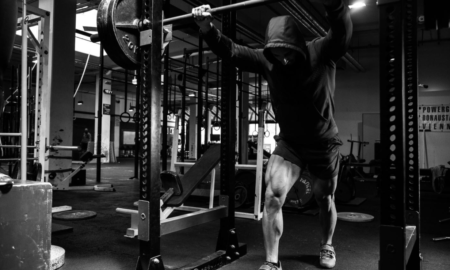



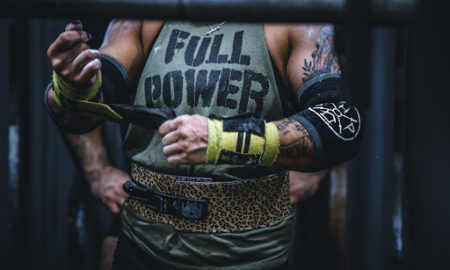
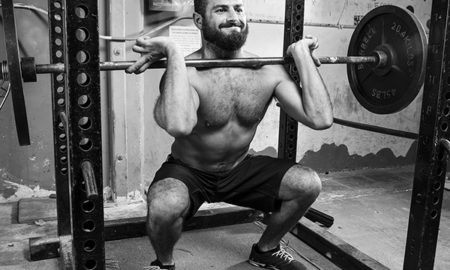
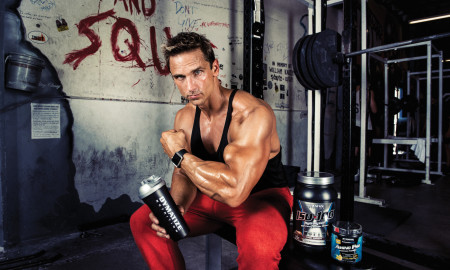
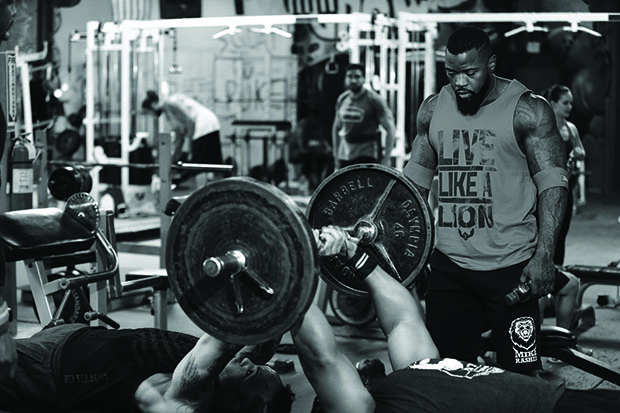
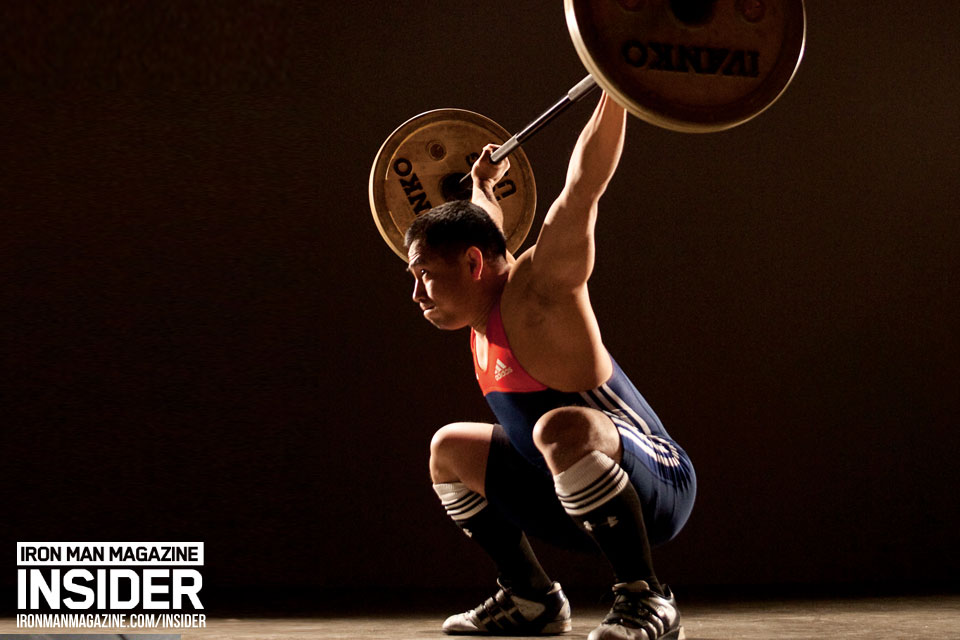
You must be logged in to post a comment Login